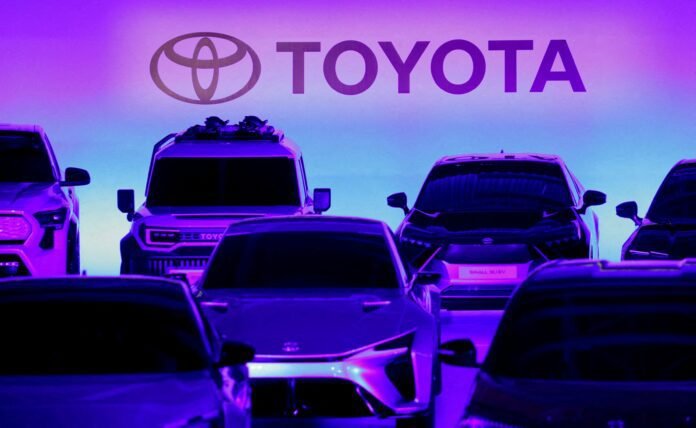The founder’s grandson Akio Toyoda was forced to resign this year as punishment for his resistance to adopting electric vehicles at a time when Tesla was surging on the stock market and winning over investors in the auto sector.
Koji Sato, the head of Toyota’s premium brand Lexus, took over for Toyoda on April 1. Sato had stated unequivocally that Toyota would switch to EVs well before taking over in the front office, putting an end to any lingering uncertainty. Additionally, the group would hasten the advancement of battery-powered automobiles.
In February, Sato stated that “in this multidirectional approach, 100%-electric vehicles are also an important option.” Sato added that “We want to listen to customers around the world and offer them various options.”

Toyota develops a battery-powered manufacturing unit
“While making attempts to save energy (via hybrid vehicles), in the near or long term, we are going to promote a switch to electric vehicles,” the new CEO claimed. Toyota has announced its next-generation batteries, which will be complemented by a full lineup of battery electric vehicles starting in 2026, four months after he made these claims. The automaker started by founding the BEV Factory division in May.
“What we hope to achieve with BEV Factory, an organisation dedicated to battery EVs inaugurated in May, is to transform our future with BEVs through the evolution of cars, production, and the way we work,” Toyota (TM) stated in a presentation on June 13.
With its next-generation batteries, the business will be able to produce an entry-level electric car with a 1,000 km (620 mi) range on a single charge. If Toyota succeeds, it will provide a feature that Tesla, the market leader in electric automobiles, does not.

The Model S premium automobile is available from Elon Musk’s company and has a battery with a range of 405 miles, or 652 km. With a single charge, a Tesla (TSLA) – Get Free Report vehicle can go the furthest distance at this time. The base Model 3 sedan can travel 438 kilometres (272 miles) on a single battery charge.
Therefore, Toyota would have a significant advantage because many EV purchaser’s value range highly, especially given the dearth of charging facilities in the United States. Toyota wants to alter the process by which it creates these electric vehicles. In a new modular structure, the car body will be built from three primary components.
By implementing so-called gig casting, which entails employing high-pressure aluminum die-casting equipment to make automobiles faster and more effective, it also hopes to lower development costs and manufacturing investments. Tesla invented this technology, also referred to as gigapresses.
The company added that self-propelling production technology would cut the investment in the processes and plant by half. To hasten decision-making and the initial response, Toyota said that everyone would be working at the same location and being equally informed of any potential production concerns.

New SUVs, Sedans, and MPVs from Toyota
In 2026, Toyota intends to introduce a complete lineup of its newest battery-electric vehicles worldwide. By 2030, it intends to build 3.5 million electric vehicles annually, with 1.7 million of those being built on the new BEV platform.
According to Takero Kato, president of the BEV Factory, among the first vehicles the company will create are a compact sedan, a family sedan, two SUVs — a medium and a full size — and a multifunctional or family vehicle. Toyota did not offer any additional information about these automobiles.
The business claims to have developed a ground-breaking solution that will help it solve the problem of battery durability. Toyota says it is “reviewing its introduction of traditional HEVs and expediting [its] development as a battery for BEVs.”
According to the U.S. Department of Energy, HEVs, or hybrid electric vehicles, are propelled by an internal combustion engine working in tandem with one or more electric motors that draw power from batteries.


